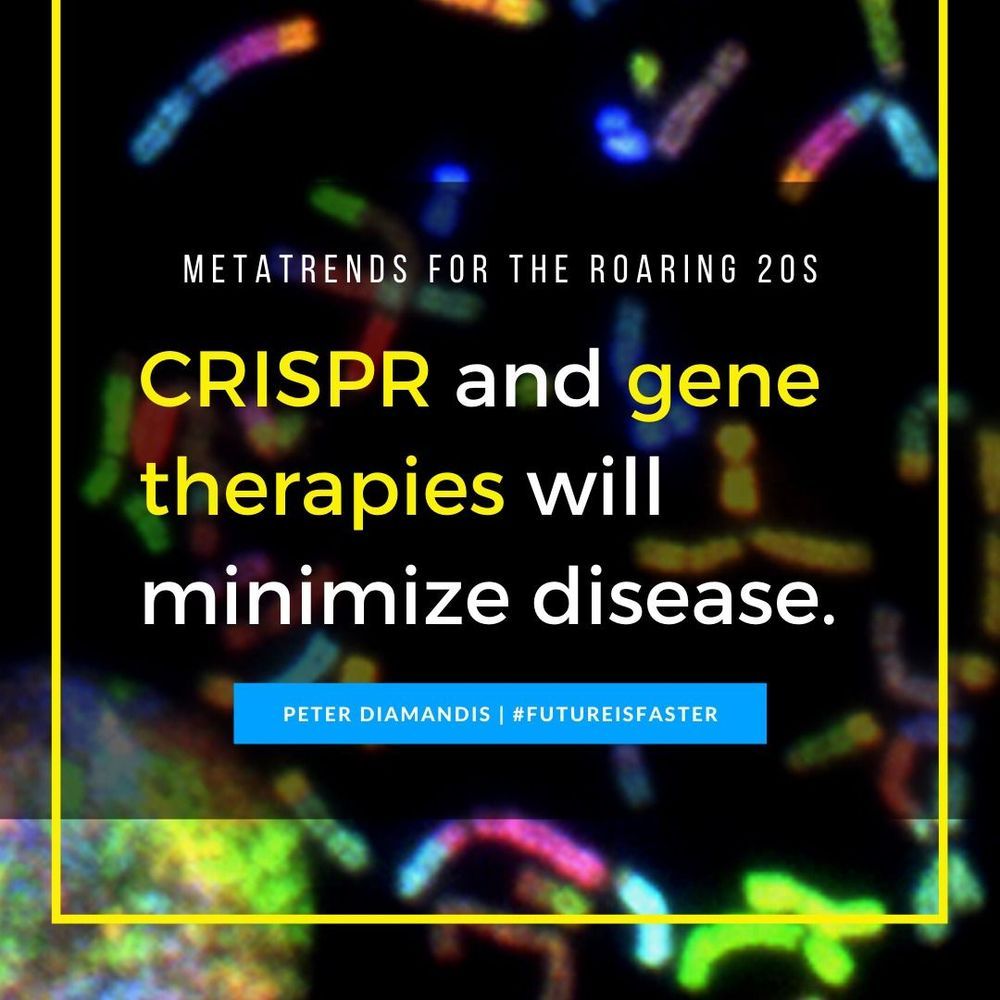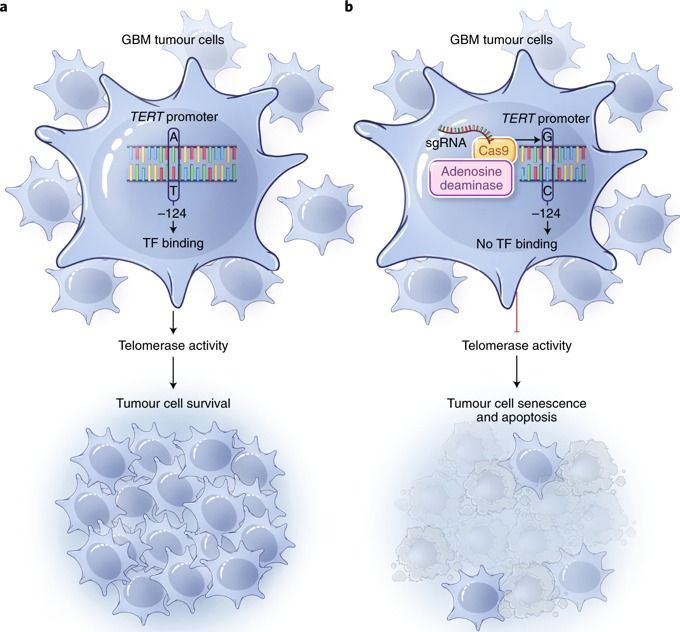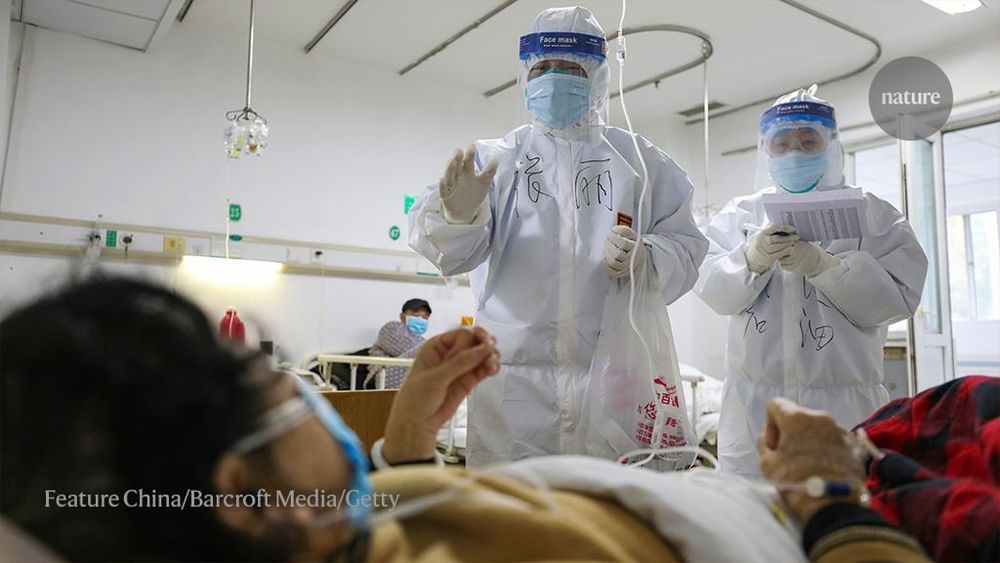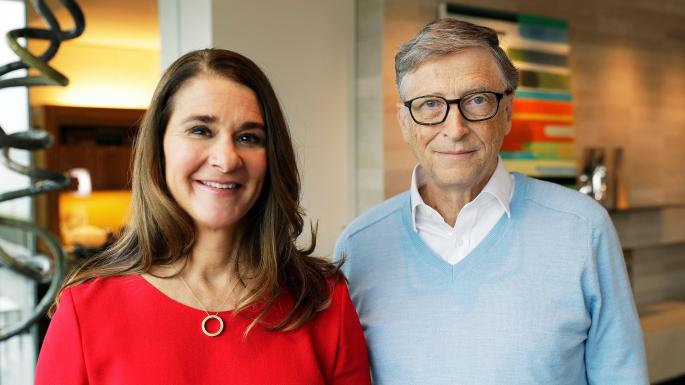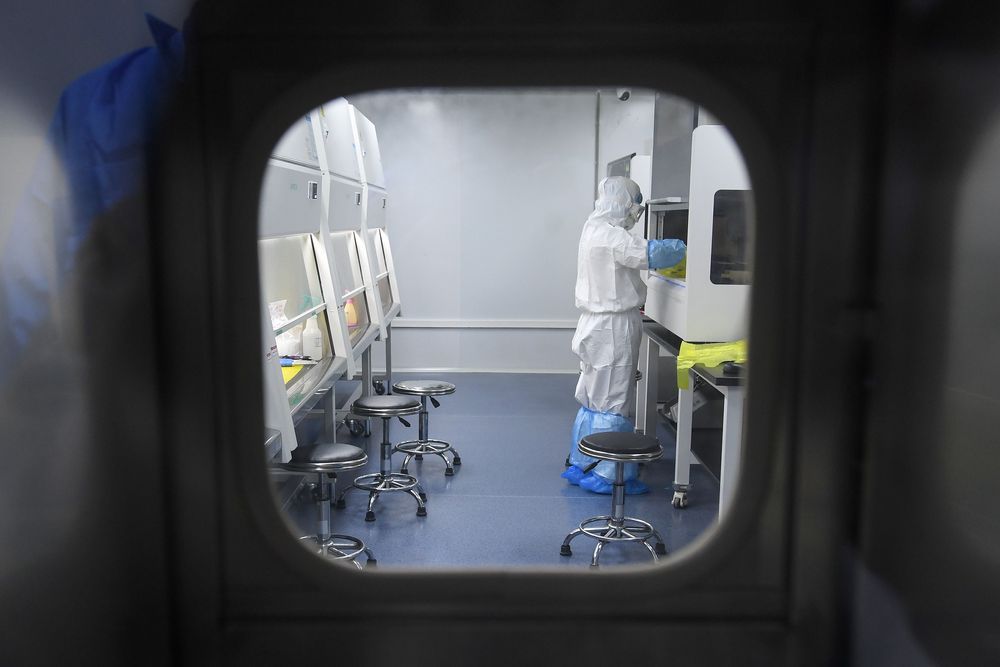Do you agree.
In addition, gene-editing technologies continue to advance in precision and ease of use, allowing families to treat and ultimately cure hundreds of inheritable genetic diseases.
This metatrend is driven by the convergence of: various biotechnologies (CRISPR, Gene Therapy), genome sequencing, and artificial intelligence.
